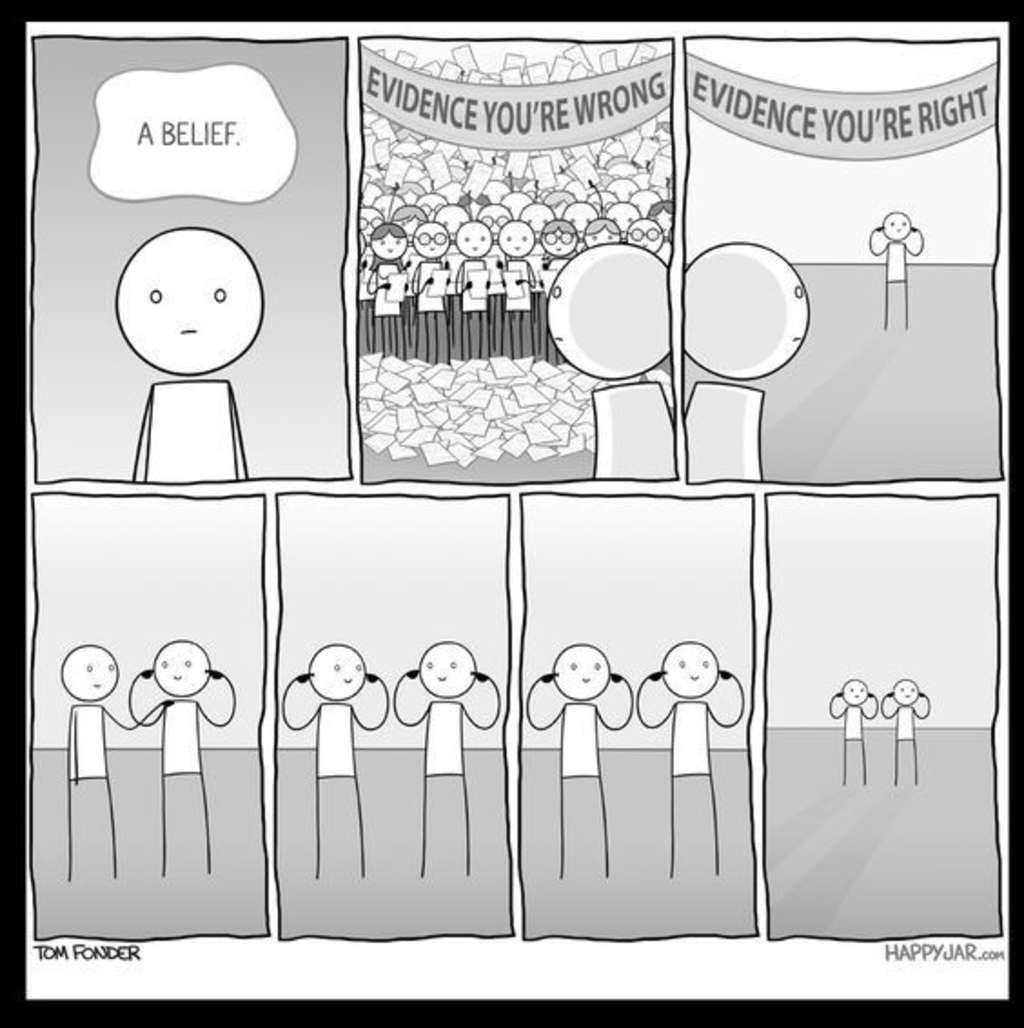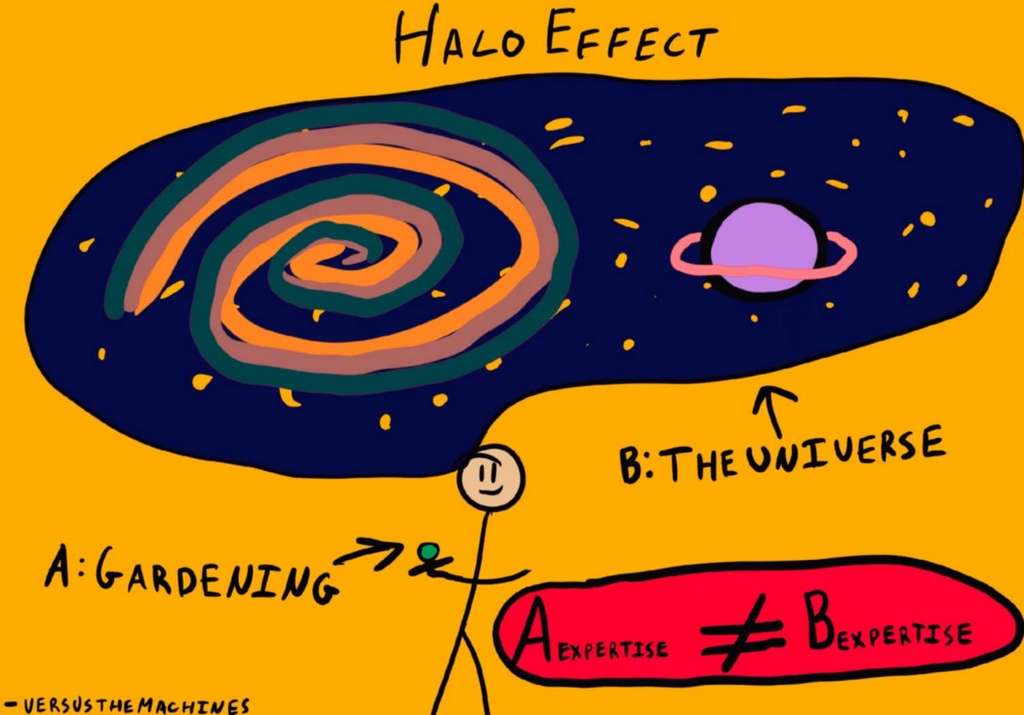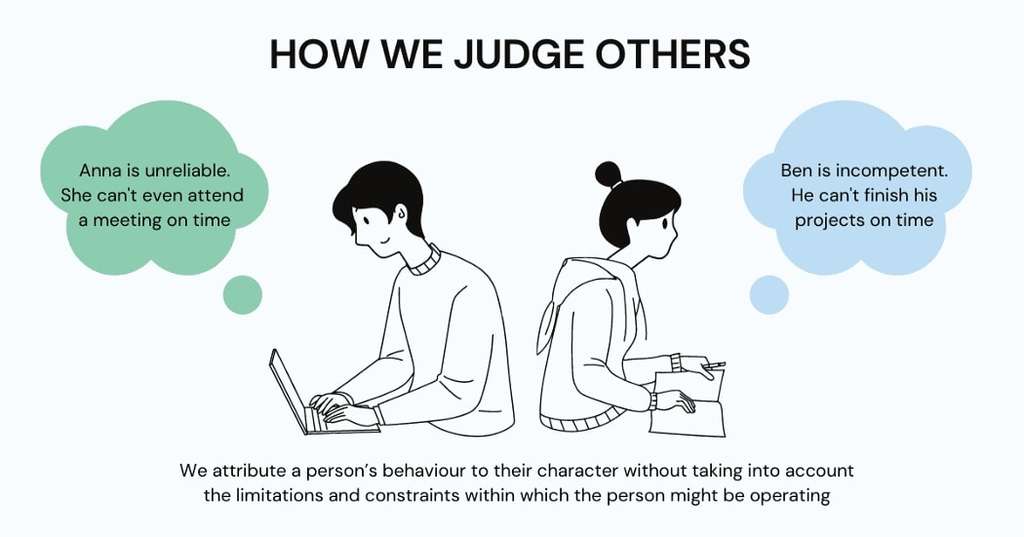Leadership Skills: 12 Cognitive Biases To Be Mindful Of When Decision-Making
Decision-making under pressure is a core leadership skill needed in life, especially in the hospitality industry. The human brain is very powerful but also comes with its limitations. Indeed, it can’t handle the tremendous amount of data coming in every second… Naturally, in order to simplify information processing, we take short-cuts which are called heuristic or cognitive biases. A cognitive bias is a systematic pattern of deviation from norm or rationality in judgment. Individuals create their own “subjective reality” from their perception of things (The Handbook of Evolutionary Psychology). As a result, their behavior becomes dictated by their construction of reality, instead of facts.
Humans like to twist the reality in a way that goes along with their own beliefs. Consequently, we often tend to speak with confidence about things we don’t fully understand. As much as we want to be right, rational and logical, we are constantly under the influence of cognitive biases. Almost everything in our lives is a bias. And it’s not necessarily a bad thing. In some cases, biases make our thinking faster and more efficient, as we don’t stop to consider all the available information. However, it’s important to be aware of these biases and try to mitigate them as much as possible to be in the known.
The more we become aware of biases, the closer we get to reality — Peter Baumann
Here’s a list of cognitive biases that will hopefully help make your decisions and judgement more accurate and relevant in your place of work or study.
1) Confirmation bias
The confirmation bias is the tendency to pay more attention to information that confirms our existing beliefs. Through this bias, people tend to favor information that reinforces the things they already think or believe, avoiding evidence of the contrary (Verywell mind). Focusing on existing opinions makes it easier as it helps reduce the amount of resources we need to make decisions. Furthermore, it boosts self-esteem as it makes people feel like their own beliefs are accurate.
Example:
- You heard from several people that sweets are unhealthy. Therefore, you’ll be more likely to click on videos and read articles that confirm this statement rather the ones of a different opinion.

2) Anchoring bias
The anchoring bias is related to the tendency of being overly influenced by the first piece of information obtained, no matter how reliable it is, and using it as the baseline for comparison (Minnesota State). Instead of being objective, we tend to base our reasoning on newer information and set inaccurate reference points.
Example:
- You want to buy me a car and I give you the price of $40'000. If you come back the following week and I sell it to you at $30'000, it will seem like a very good deal as your judgment is based on the first information I gave you. However, if I had told you $20'000 in the first place, $30'000 wouldn’t look like such a good price anymore.

3) Bandwagon effect
It is the tendency of an individual to acquire a particular style, behaviour or attitude because everyone else is doing it. As more people come to believe in something, others also “hop on the bandwagon” regardless of the underlying evidence (Identifying the bandwagon effect in two-round elections). Other names for this are “herd mentality” or “group thinking.” In a corporate context, if one person doesn’t feel like talking because it goes against the majority, the whole group is likely to miss out on a great idea.
Examples:
- Voting for the most popular candidate in an election because you want to be part of the majority.
- Buying a share in the stock market because many people believe it will gain value in the future.
- In a meeting, as more people agree on something, you are more likely to agree on that same object and align with the majority.

4) Halo effect
A Halo effect occurs when our positive impression of people, brands or products in one area positively affect our feelings in another area, even though they aren’t related. It describes the tendency of people to be influenced by their previous judgments of performance and personality (The Decision Lab). It also relates to the belief that “what is beautiful is also good”.
Examples:
- Assuming a good looking person is also a good person overall.
- People who are naturally sociable or kind are often seen as more likable or smart.

5) Availability bias/heuristic
An availability bias describes the tendency of people to rely on information that comes to mind quickly and easily (Practical Psychology). It illustrates how isolated memorable moments have a disproportionate influence on decisions we make.
Examples:
- Being scared of a terrorist attack because you hear a lot about it in the news while you’re more likely to be killed by a cow or a COCONUT that falls from a three than by a terrorist (according to Gary V).
- You’re considering a promotion of two high performing employees, Mary and Janett. Overall, Mary has a better record than Janett but she once spilled her coffee at an important meeting, embarrassing you in front of potential clients. There’s a chance this unfortunate event weights more in your choice than it should.

6) Ostrich effet
The ostrich effect is a cognitive bias that causes people to avoid information they perceive as potentially unpleasant. Instead of dealing with a situation, some people prefer to bury their heads in the sand, like ostriches, thinking it will go away. This often makes things worse, as we inflict ourselves costs we might not have had to pay if we had faced the situation in the first place (The Decision Lab).
Examples:
- Avoiding to look at your bills, because you’re worried about how far behind you are on your payments.
- Avoiding relevant feedback that could have helped get a better understanding of a situation.
- Avoiding to study for a test that you know requires a lot of effort and time.

7) Recency/serial position effect
Recent events are easier to remember, and are often weighed more heavily than past events or potential future events. The recency effect is a component of the serial position effect which describes how our memory is affected by the position of information in a sequence or a list. It implies that we best remember the first and last items in a series and find it harder to remember the middle items (The Decision lab).
Examples:
- Going to the groceries and remembering to buy cookies and milk as they were the last items on the list you forgot at home.
- You’re in class and the teacher is explaining an important concept. As she speaks relatively fast, you don’t have time to write everything that’s being said. As a result, you notice you only took notes of the first few words and last few words.

8) Choice-supportive bias
It is the tendency to remember our choices as better than they actually were, as we tend to over-focus on the benefits of options we chose and on the downsides of options we didn’t chose (Convertize). This helps us feel better about the decisions we made. Why would someone point out that they made a bad decision ?
Examples:
- Attribute more positive features to your favourite clothing brands in comparison to the brands you don’t shop to.
- If you own an Apple product, you will naturally put forward the upsides of a MacBook Pro and point out the downsides of a Windows computer.

9) Fundamental attribution error
The fundamental attribution error describes how, when making judgments about people’s behavior, we overemphasize personality traits and downplay situational factors (The Decision Lab). In other words, we assume that no matter the context, a person’s actions usually reflect who they are as an individual. This often leads to unfair and incorrect judgements about people as we aren’t taking into consideration all possible reasons for their behavior.
Example:
- Judging the driver that just cut you off as selfish and careless about others’ safety. What you don’t know is that he’s the most generous person and actually had an emergency as his wife was giving birth.

10) Outcome bias
The outcome bias is the tendency to judge the quality of a decision we made primarily based on how things turned out rather than analyzing factors that led to the decision (Alleydog). Having a look at the outcomes of a decision completely makes sense. However, placing more weight on the outcome rather than on the process and the context that led us to it is foolish.
Examples:
- You decide to make all your choices by flipping a coin for a whole week. If most of the outcomes turned out to be positive, you might think this was a great way of making decisions.
- A manager makes a decision based on his instinct, ignoring his team that strongly advises him to take the opposite direction. If the outcome turns out to be positive, he’s likely to consider the process was a good one while if his team’s reasoning made sense, it would have been better to follow their recommendation.

11) Illusory correlation bias
It refers to the tendency we have to inaccurately link an action to an effect, seeing an association between two variables (events, actions, ideas…) when there’s in fact no correlation (The Decision Lab). We like to base many of our decisions on the relationships between various phenomena. We notice that certain events consistently happen at the same time or after others, leading us to conclude they are related while this isn’t necessarily true.
Examples:
- You’re about to receive the results of an important exam and just before you get your paper, you cross your fingers in the hope of having a good grade.
- As a child, you get attacked by a pitbull, which leads you to believe all pitbulls are mean and dangerous.
- You’re a football fan and you believe wearing a specific jersey will give your team higher chances of winning.

12) Dunning Kruger effect
It’s the tendency to believe you know something while in fact, you don’t. A Dunning Kruger effect occurs when a person’s lack of knowledge and skills in a certain area cause them to overestimate their own competence (The Decision Lab). Logically, low ability people don’t necessarily have the skills to assess their incompetence. Contrastingly, the most knowledgeable people usually have intellectual humility, meaning they’re able to recognize the things they believe in might be wrong. They have strong critical thinking. This notably refers to famous Albert Einstein quote “The more I learn, the more I realize how much I don’t know”.
Example:
- You decide to pick up italian and learn a bunch of words and verbs in a week. You learnt fast but you also realized how much progress you still need to make to become fluent. On the other hand, your friend who’s also trying to speak italian, learnt just a few words and is already impressed by himself. Unfortunately, his lack of knowledge and skills prevents him from understanding he’s learnt the least, causing him to overestimate his own ability.
There are many leadership skills required in the workplace but practising mindfulness can considerably help you reduce biases in your life and increase your ability as a desicive leader. So the next time you have to make an important decision, try to be intentional in questioning your own beliefs and being critical. As a result, your judgement and thoughts are likely to become more accurate and relevant, bringing you closer to reality.
This article was previously published on Medium.

EHL Hospitality Business School
Communications Department
+41 21 785 1354
EHL